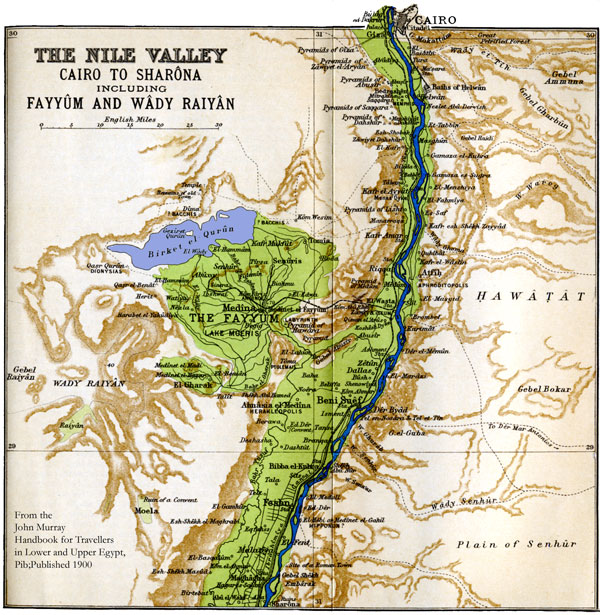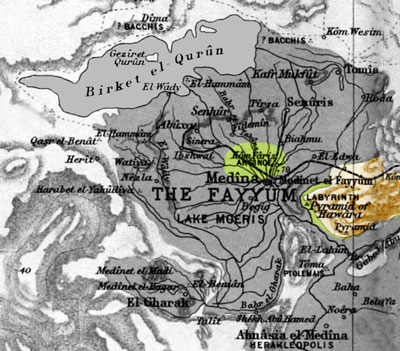%20009.jpg) ROMAN
PORTRAITS HISTORY OF THE PORTRAITS ROMAN
PORTRAITS HISTORY OF THE PORTRAITS
The production of mummy portraits was confined to the Roman Period
in Egypt, beginning in the middle of the 1st Century AD, when
portraits were painted directly onto the linen envelope which
surrounded the face of the mummy. A wax-based medium was employed in
the 2nd and Third Centuries; distemper colour predominated in the
4th. The majority of portraits were painted on thin wooden panels
prior to being secured over the face by linen wrappings. Full-length
figure portraits on linen shrouds were less popular, painted using
distemper colours, with both Hellenistic and Egyptian elements; they
date from the mid-4th century. In about twenty cases the name of
the individual portrayed was written in Greek or Demotic across the
background of the portrait where the name "Isarous" is written in
Greek.
Petrie's excavations at Hawara in the Faiyum in 1888 and 1911 yielded
approximately 146 painted funerary portraits. The site was the
burial ground for the occupants of the prosperous community of
Arsinoe (see maps). Petrie's finding of a framed portrait, unattached, at the
side of a mummy in a Hawara tomb, indicated such portraits were
initially painted to be hung in the home during the lifetime of the
owner, with the aim to show the sitter in a serene pose in the prime
of life.
Most portraits were originally square prior to being cut
down in size to adapt to the face of the mummy. Petrie found the
trimmed side and corner pieces beneath one portrait, tucked into the
mummy wrappings, which led him to the conclusion that the portrait
of the individual was sent to the embalmer after death to have the
frame removed, and be trimmed down to fit the mummy's face Sometimes
a gold wreath painted across the hair, and a more elaborate form of
jewellery would then be added to provide the deceased with greater
richness of jewellery in the afterlife.
Some late 1st and
early 2nd century portraits were clearly commissioned for a
funerary purpose after death, as were the late portraits where the
deceased holds a wreath of flowers or a libation vessel.
Petrie Museum (University College
London).
|
|
%20009.jpg) ROMAN
PORTRAITS HISTORY OF THE PORTRAITS
ROMAN
PORTRAITS HISTORY OF THE PORTRAITS


%20004.jpg)
%20012.jpg)